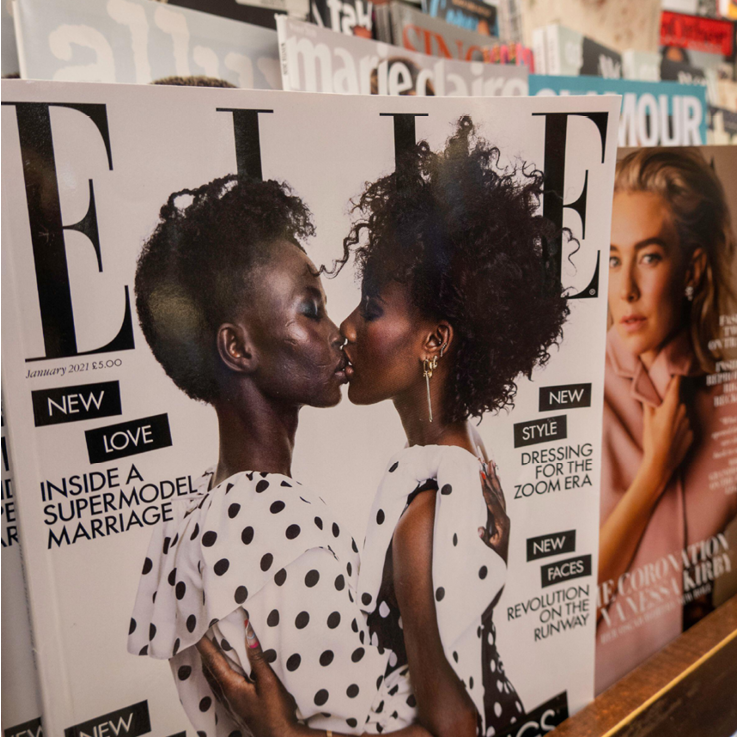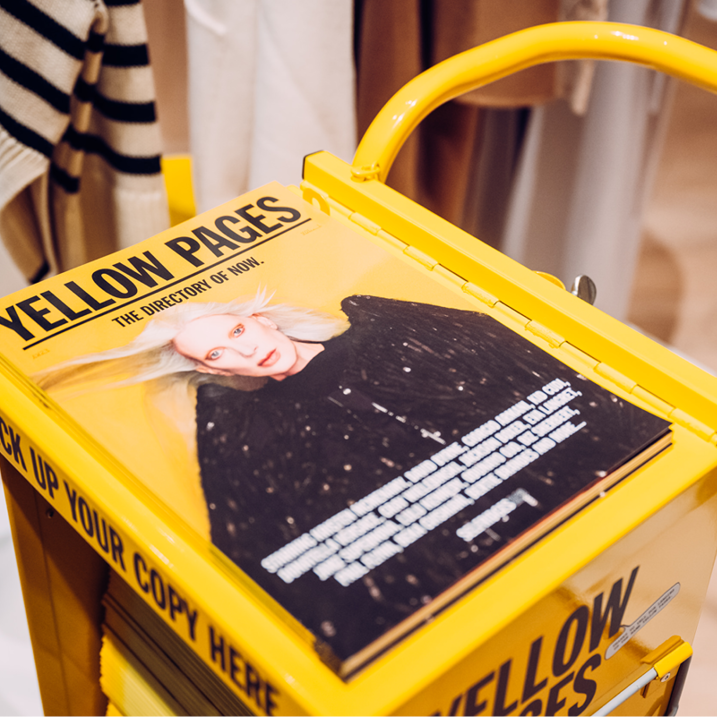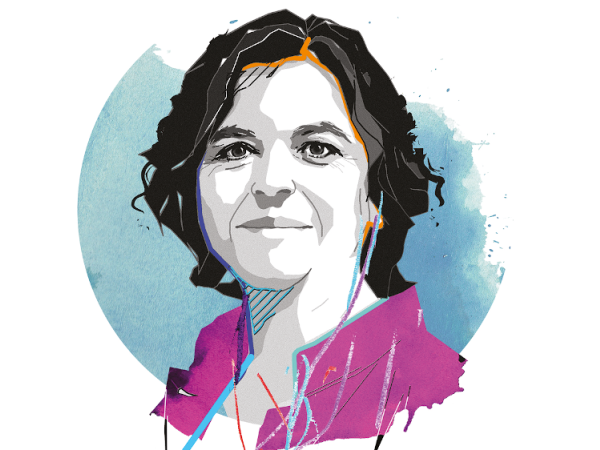Why fashion is leading a renaissance in print
Fashion brands are re-evaluating the potency of print in an age of digital deluge
The fashion world is rediscovering the merits of print, with big names such as Elle magazine making a return to the newsstands and brands turning to catalogues as a way to engage digital-weary customers.
Elle is set to relaunch in Australia as a print edition next year, four years since its last edition, and with the title’s digital success in recent years nothing short of spectacular. Jane Huxley, CEO of Elle’s publisher Are Media, points to a revival in print magazine readership and a flourishing luxury advertising market as the main reasons for relaunching a print edition.

Meanwhile, fashion brands themselves are also appreciating the benefits of print. In Germany, fashion retailer Adler recently reintroduced a 64-page catalogue for its customers, after a 14-year break, while fashion and lifestyle giant OTTO also integrates printed catalogues with its ecommerce activities. In the UK, stalwart family fashion brand Boden has a revived mail order catalogue in the pipeline while, in September, trend-setting department store Selfridges launched Yellow Pages, a cross between a catalogue and a magazine.
A different consumer experience
The relaunch of Elle, says Huxley, is down to two main considerations: the continued strength of Elle as an arbiter of trends and consumers tiring of what she calls a “digital deluge”.
“People are reacting to that deluge of digital content by just sitting back a little and saying, ‘Hey, I just actually want it curated for me. I just want somebody to do the work in helping me to understand what it is that’s relevant, contextual and real’”

The new Elle will launch in March, with another issue the following September and the magazine going quarterly in 2025. Such commercial confidence comes on the back of strong advertiser interest. “The luxury contingent love print,” says Huxley. “They also love to reach our audiences across our digital sites and social, but they love a thick glossy page more than anybody else.”
Boden founder Johnnie Boden says he has a range of customers, some of whom prefer to opt out from digital, wanting to receive a printed catalogue instead.
“Some are wholly inspired by catalogues, others by digital, and some are inspired by both. So, there is always a role for the catalogue – and browsing one is more relaxing than looking at a computer screen.”

This is borne out by the experience in Germany of OTTO, where the evolution in recent years of a more digital commercial infrastructure meant the discontinuation of the brand’s all-encompassing mammoth catalogue – but the continuing use of more targeted catalogues designed to cater to segmented consumer preferences.
Such consumers, it seems, are looking for an alternative to a non-stop digital diet of images and ads.
“Online shopping has become increasingly time-consuming, which confounds the click-to-buy convenience that we all initially fell for. There’s too much choice. Search for a “black dress” on Net-a-Porter and over a thousand results come up.”
The adaptability of print
Providing an alternative to this digital maelstrom is a great way to lure customers.
“A beautiful book landing on your doormat is often more powerful than being inundated with emails, social advertising and invasive SMS texts”
The new Selfridges catalogue, playing off the name of the telephone directory business, Yellow Pages, has a broader remit. Featuring more than just clothes to buy, it also acts as a directory to the best cultural happenings.
“[We’re] helping customers to navigate straight to the ‘good stuff’”

Other brands are also looking beyond the traditional role of the catalogue as a mail ordering service (many don’t even have a form for mail-in), instead using it to provide a touchpoint with their customers. “I wanted to give a more rounded retail experience to my customers, a slower way of retailing that they could enjoy over time rather than just the rush of social media and online trading,” says Deryane Tadd, founder of The Dressing Room womenswear store in St Albans in the UK. Her catalogue provides a way for her customers to spend time with her products.
“It’s a big undertaking for an independent business. But the results have been really positive so far – and we are outperforming industry averages by far on the return.”


